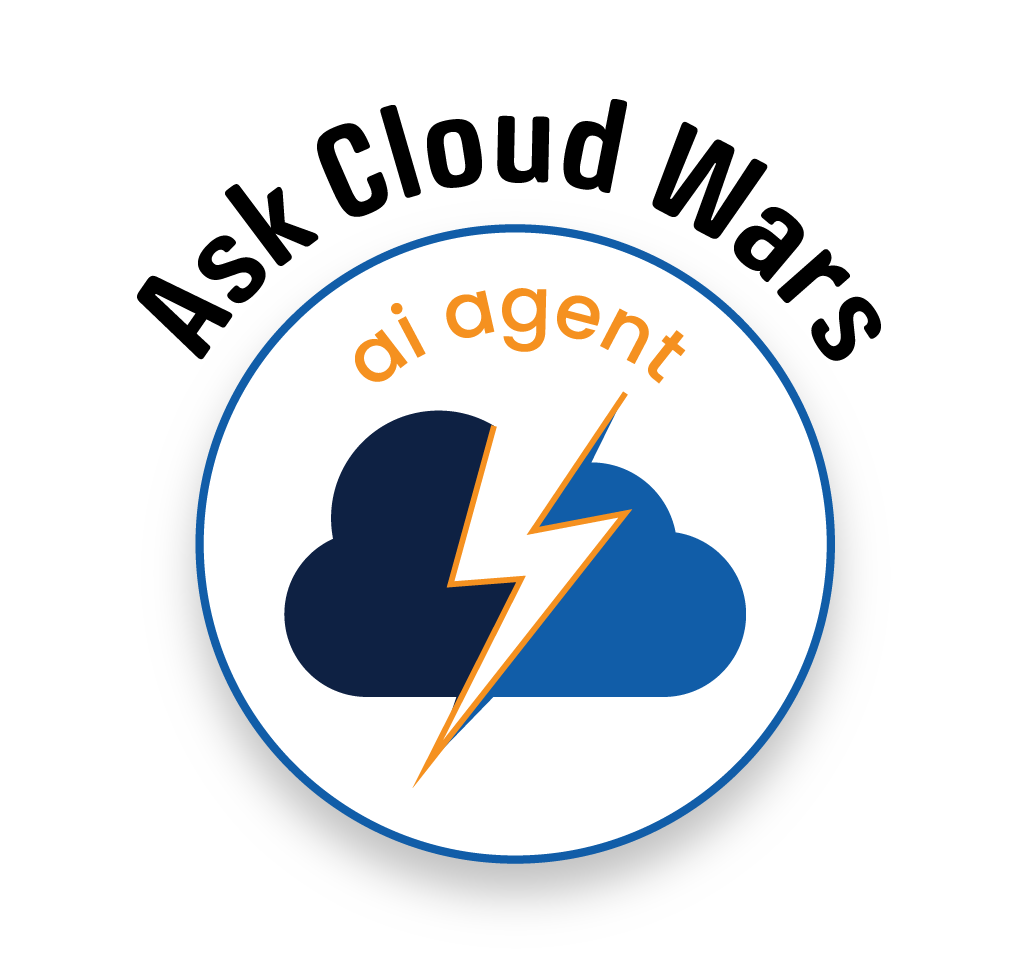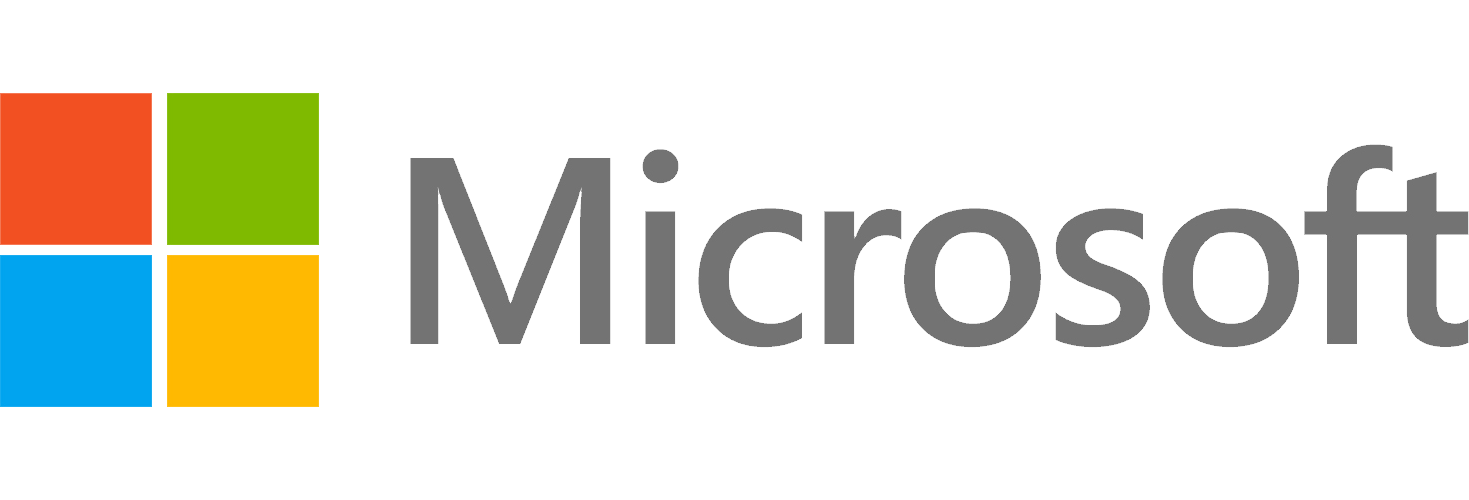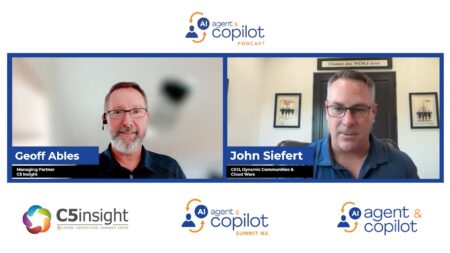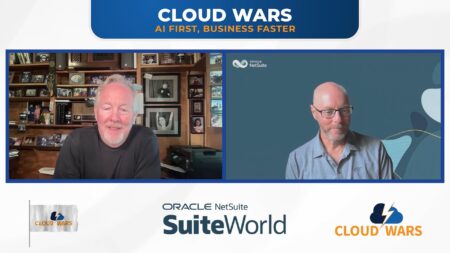
In Part 1 of my analysis on data in Cloud ERP projects, I outlined how a retail manufacturer is thinking about data quality for a migration to Microsoft Azure cloud integrated with Copilot AI. Data quality refers to the degree to which data is accurate, complete, consistent, and relevant to all aspects of the ERP initiative.
In Part 2, I’ll examine how the organization and its Microsoft ecosystem implementation partner can ensure data health — integrity, quality, and governance.
Data health is not just a checklist item but a strategic necessity as part of the ERP migration. The ERP system acts as a bridge, connecting the supply chain with partners and customers. The project’s success hinges on stakeholders’ ability to leverage AI- and data-powered prompting and processing through Microsoft Copilot, thereby making informed decisions and gaining valuable insights. The key data and intelligence areas include pricing analysis, customer data, inventory requirements, supply chain monitoring, and real-time financial performance.
Building a Modern Data Migration Plan
Data migration is a critical aspect that often gets overlooked in the scoping process of large ERP projects. It’s imperative to allocate sufficient time in the schedule, define a budget, and have dedicated resources specifically for data migration. This ensures a smooth transition and minimizes the risk of data loss or corruption.
There are key components and processes for ensuring data quality and ongoing data health that stakeholders can rely on.
Prior to initiating the data migration process, it’s essential to identify the data being migrated, its current format, its location, and the desired format post-migration. This comprehensive understanding will enable you to define the necessary steps and the process required for a successful migration.
Another critical step is identifying who will be doing the data migration work, including data cleanup and management. You can use your own tech or data team, or entrust this work to your implementation partner or a specialty data migration firm. Regardless of the path you choose, make sure the chosen resources have the tools and experience to go along with a deep understanding of data health and migration.
This pre-planning process is vital to identifying potential risks and understanding the volume and types of data you will need to analyze.
Back Up and Unify the Data to be Migrated
Data must be unified from the myriad systems currently used. During this process, you should conduct thorough audits with internal stakeholders and supply chain partners to ensure all essential data is inventoried and captured.
Unification provides a single view to identify inaccurate, damaged, unstructured, non-compliant, or incomplete data. It helps ensure a clear understanding of what you are dealing with in this migration. There are a variety of data unification and orchestration tools to assist in a migration, including those provided by Syncari and Skyvia.
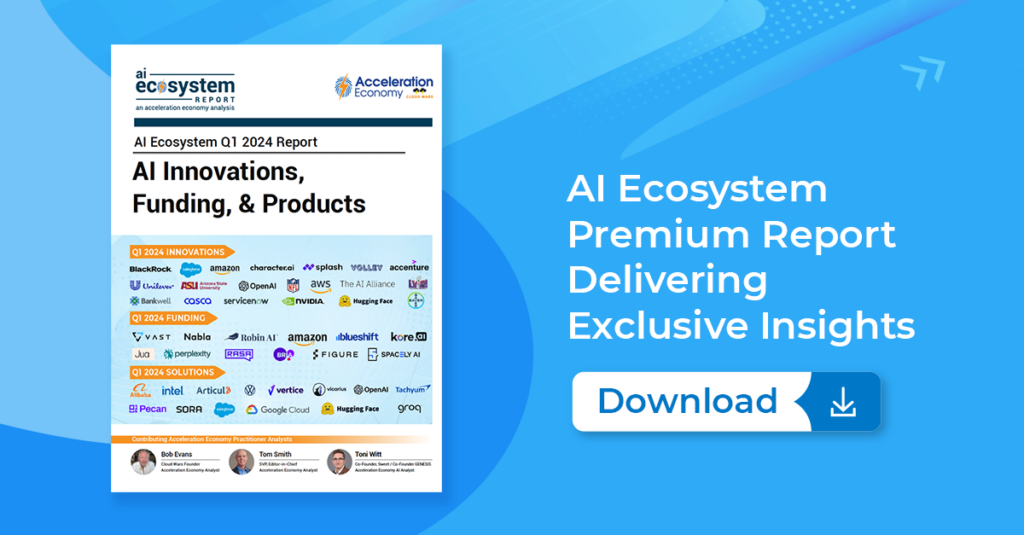
The AI Ecosystem Q1 2024 Report compiles the innovations, funding, and products highlighted in AI Ecosystem Reports from the first quarter of 2024. Download now for perspectives on the companies, investments, innovations, and solutions shaping the future of AI.
Implement a Rigorous Data Quality Process Before Migrating
Before migrating, establish a thorough data quality process and initiate the clean-up process tailored to the types of data involved in the migration. For instance, customer data requires attention to building profiles and ensuring privacy, while AI applications need to focus on validation and standardization. Required steps include:
- Validate and verify: Employ a multi-source validation method to check incoming data. Flag invalid data for removal while preparing valid data for further processing.
- Enrich and augment: Don’t postpone data enrichment. Utilize the migration period to ensure all necessary data points are included, enhancing the new ERP system’s performance. Enrichment can be done using existing or chosen third-party providers, following preset rules.
- Structure and standardize: Ensure all data follows standard formats and characters. If no internal standard exists, consider adopting ISO 8000. This standardizes data formatting across the organization and its supply chain partners.
- Unify and profile: Generate global IDs for customer profiles, product information, and any data amalgamated from multiple sources. Deduplicate records at this stage.
- Permission and authorization: Apply privacy regulations to meet industry standards and government regulations including GDPR, CCPA, and CAN-SPAM. Hash data using SHA256 and store it for auditing purposes.
Testing Data Migration Readiness
After completing the migration, it’s crucial to check for any connectivity issues between the source and target systems. The aim is to confirm that all migrated data is accurate, secure, and in the right place. To do this, perform various tests such as unit, system, volume, web-based application, and batch application tests.
Despite thorough testing, errors during migration can still occur. To address this possibility, conduct a comprehensive audit of both the system and data quality post-migration. If any errors, missing, incomplete, or corrupted data are identified, restore these files from your backup. This may seem obvious for any seasoned tech or data pro, but lost data happens too often to not mention this point.
Create an Always-On Data Quality Process
Congratulations, the data migration has been completed as part of the cloud ERP implementation. However, you’re not done yet. To deliver maximum value from the new systems and processes, a data quality and integrity program should be put in place to ensure ongoing health and usefulness.
The tools and stringent processes you used during the migration can continue to be applied through automation tools and internal or partner team members who are responsible for data health and readiness.
Migrate Systems and Data with Confidence
Failing to plan for and manage this process properly leads to significant challenges when your ERP system goes live. These challenges include giving customers incorrect information, pricing inaccuracies, inventory and financial forecasts going awry, and shortages of products and materials. Don’t be that leader! Ensure data quality is a core ingredient in your ERP migration plan.
Related Insights:
Ask Cloud Wars AI Agent about this analysis



